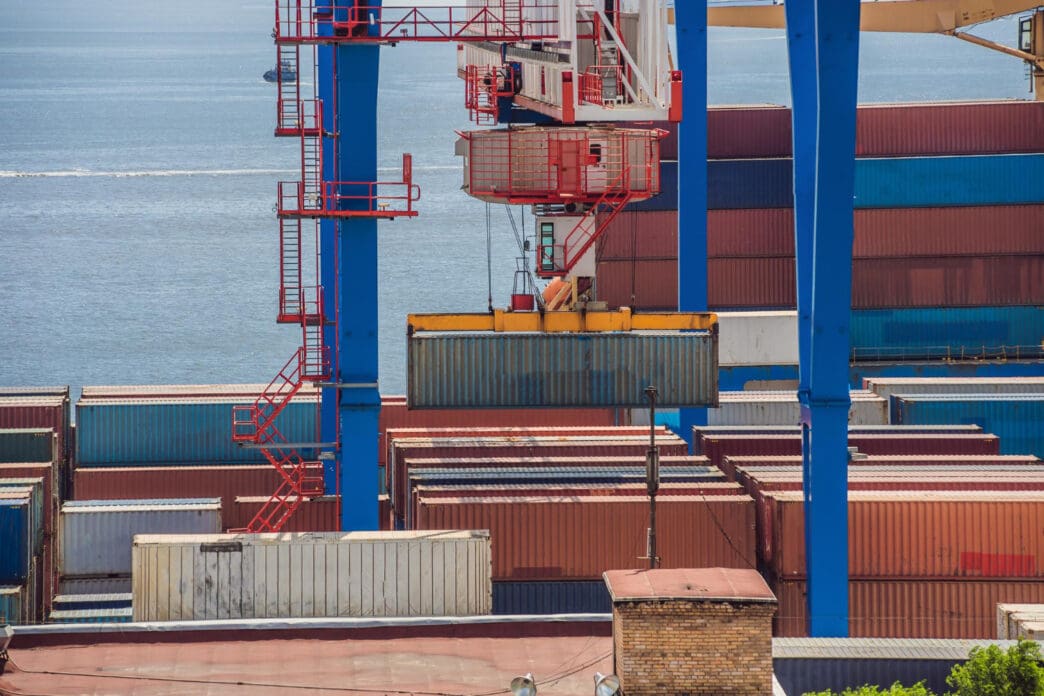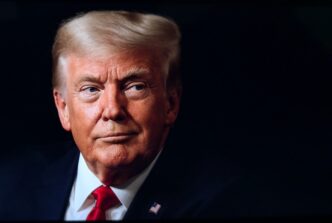Executive Summary
The Story So Far
Why This Matters
Who Thinks What?
President Donald Trump has escalated trade tensions with India, doubling tariffs on imports from the country to 50%. This action, which follows a prior 25% baseline tariff instituted weeks ago, aims to penalize India for its continued import of Russian oil, which Trump asserts helps finance Russia’s ongoing war in Ukraine. The move carries significant implications, potentially endangering relations with a crucial trading partner and leading to increased costs for American consumers and businesses.
Tariff Details and Rationale
The new 50% levy on Indian goods places them among the highest tariffs the United States imposes on any country. President Trump has explicitly stated that these tariffs are intended to punish India, the world’s fifth-largest economy, for its oil trade with Russia.
This decision comes after Trump had previously vowed to impose what he referred to as “secondary sanctions” on India. The increased tariffs are a direct fulfillment of that threat, marking a significant shift in U.S. trade policy towards New Delhi.
Economic Repercussions and Indian Response
American firms and consumers are already experiencing higher costs due to Trump’s broader tariff campaign, which has also coincided with a deterioration in the labor market. Analysts suggest that the ramped-up levies on Indian goods could exacerbate these economic pressures.
New Delhi has indicated it plans to retaliate against the tariffs. India’s junior foreign minister stated that the government is “taking appropriate steps so that it does not harm our economy and let me assure you that the strength of our economy will carry us through these times.”
India has also accused the Trump administration of unfairly penalizing the country, highlighting that other nations importing Russian oil, such as China—the top buyer—face lower tariffs, currently at a minimum of 30%. Trump has, however, warned that other countries purchasing Russian oil could soon face higher tariffs.
U.S.-India Trade Dynamics
Over the past decade, the trade deficit between the U.S. and India has widened, even as both countries have roughly doubled their mutual imports. Last year, the United States imported approximately $87 billion worth of goods from India, while exporting around $42 billion in American goods to India, according to Commerce Department data.
In his first term and earlier this year, as Trump increased tariffs on China, American businesses were often incentivized to seek alternative production locations, with India emerging as a significant option. Key goods the U.S. imported from India last year included pharmaceuticals, communications equipment like smartphones, and apparel.
Notably, smartphones are exempt from these “reciprocal” tariffs, including the new 50% tax on Indian goods. Furthermore, sectoral tariffs will not be stacked, meaning products like steel and aluminum from India will face a 50% tariff rather than a combined 100%.
Conversely, top American exports to India include various oils and gases, chemicals, and aerospace products and parts. These sectors could be particularly vulnerable if India decides to implement retaliatory tariffs on U.S. goods.
Broader Business Implications
Beyond physical goods, American companies have increasingly relied on India for services and production centers. Major U.S. firms, including American Express, JPMorgan Chase, Microsoft, and Google, have expanded their presence in India through new or enlarged offices in recent years.
Should India choose to retaliate, its government could respond by making it more challenging for such American companies to conduct business within its borders, adding another layer of complexity to the escalating trade dispute.








